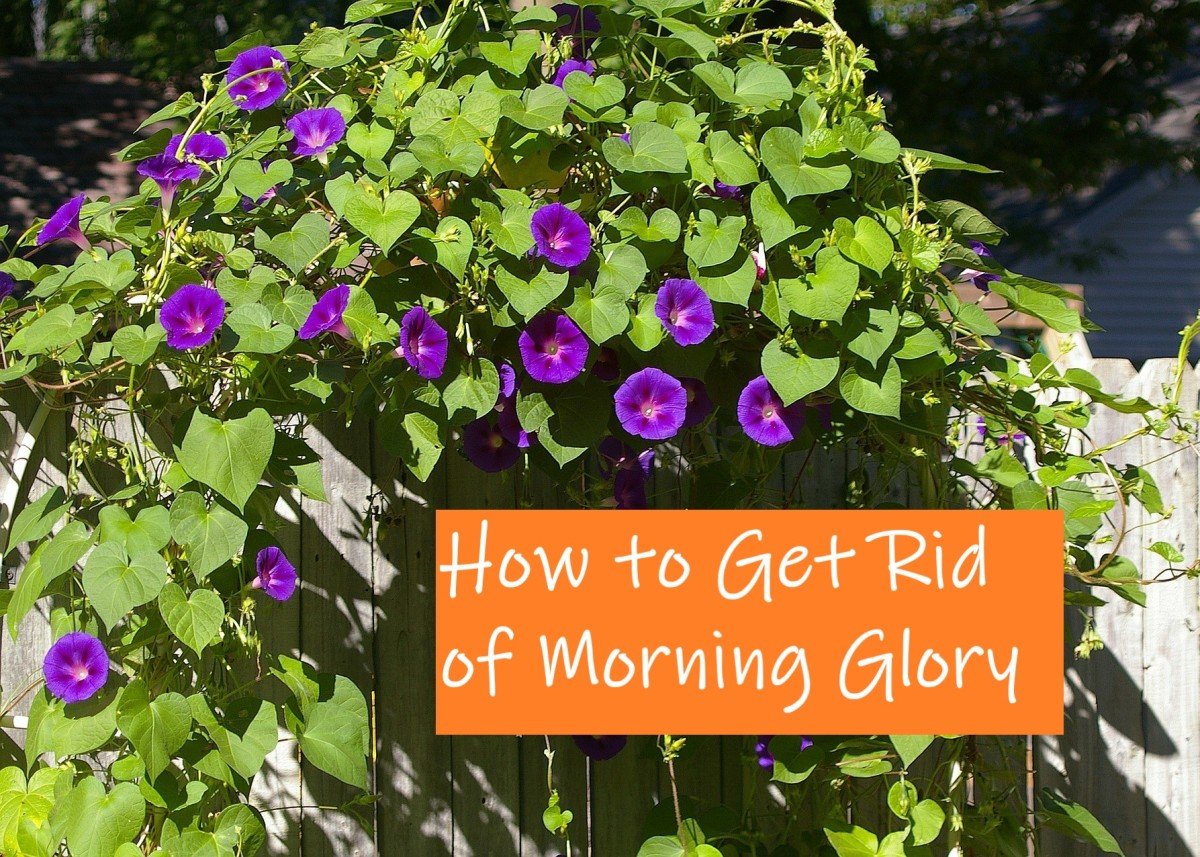Beach morning glory (Ipomoea pes-caprae) is a vibrant, trailing vine that can brighten up any coastal garden with its large, purple blooms However, these plants are frequently plagued by leafhoppers – tiny, sap-sucking insects that damage foliage and stunt growth In this article, we’ll explore methods for safely and effectively eliminating leafhoppers from beach morning glory without harming the plant or environment.
Identifying Leafhoppers
Before treating an infestation, it’s important to confirm leafhoppers are the culprits. Around 1/8 to 1/2 inch long, these wedge-shaped bugs come in shades of green yellow, brown or black. They damage plants by piercing leaf tissue and extracting the sap leaving behind yellow stippling or speckles. You may also notice sticky honeydew and the small insects hopping when disturbed. Thoroughly checking the undersides of leaves allows you to spot leafhoppers or their eggs.
Trying Natural Remedies First
For mild or new infestations, an integrative pest management approach using natural remedies is ideal. Here are some effective, eco-friendly methods to try:
-
Pruning – Removing heavily infested, unsightly growths can eliminate populations and prevent spreading.
-
Beneficial Insects – Welcome ladybugs, lacewings, parasitic wasps and other predators that feed on leafhoppers.
-
Neem Oil – The neem tree’s insecticidal oil disrupts leafhopper life cycles when sprayed on plants.
-
Garlic-Chili Spray – Blending garlic, onions or peppers with water makes an organic repellent spray.
-
Reflective Mulch – Aluminum foil or reflective mulch deters leafhoppers by confusing their visual senses.
-
Sticky Traps – Traps placed within foliage provide an appealing surface leafhoppers get stuck on.
-
Row Covers – Fabric row covers act as a protective barrier to exclude leafhoppers.
-
Crop Rotation – Rotating beach morning glory locations annually disrupts reinfestation.
Turning to Chemical Treatments
For heavy infestations, natural remedies alone may not eliminate leafhopper problems. In these cases, using chemical pesticides responsibly can be effective. Always carefully follow label directions and precautions when applying any pesticide. Here are some chemical options proven to control leafhoppers:
-
Insecticidal Soaps – Derived from plant oils, insecticidal soaps kill soft-bodied insects like leafhoppers on contact while being low toxicity. Multiple applications are typically needed.
-
Horticultural Oils – Like insecticidal soaps, lightweight horticultural oils smother and kill leafhoppers while coating and suffocating eggs. Oils are also low toxicity to mammals.
-
Pyrethrin Insecticides – Extracted from chrysanthemums, pyrethrin chemicals attack the nervous systems of leafhoppers while having low environmental persistence. Reapplications may be needed.
-
Neonicotinoid Systemics – Systemic insecticides like imidacloprid are taken up by plants and make their tissues toxic to leafhoppers for weeks or months, depending on product. Use with caution and only when necessary.
Implementing Preventative Care
Along with control measures, certain cultural practices can thwart future leafhopper issues:
-
Keep plants healthy with optimal sunlight, water and fertilization as leafhoppers target stressed, vulnerable plants.
-
Monitor for early signs of leafhoppers like stippling damage or honeydew. Take action at the first signs of infestation.
-
Remove weeds leafhoppers can breed and spread from. Control their food sources.
-
Introduce diversity by interplanting with flowers that attract leafhopper predators.
-
Use reflective mulches early in the season to repel colonizing leafhoppers.
By staying vigilant and integrating a combination of natural remedies, selective insecticide use, and prevention techniques, you can safely eliminate leafhopper damage on beach morning glories. Focus on cultural practices that create an environment unfavorable to their colonization and act at the first signs of infestation. With prompt, thorough treatment, your beach morning glories will thrive leafhopper-free.

Care Summary for Beach Morning-Glory
 Greg recommends:
Greg recommends:
0.5 cups every 9 days
< 1ft from a window
Repot after 2x growth
Based on the 4” pot your plant is in, and that it doesn’t get direct sunlight.
Get personalized care for every one of your plants!
Finding light for Beach Morning-Glory in your home
Beach Morning-Glory love being close to bright, sunny windows .
Place it less than 1ft from a south-facing window to maximize the potential for growth.
Beach Morning-Glory does not tolerate low-light .
Select your region to see how the current weather in your area affects the placement of Beach Morning-Glory in your home .
Leafhoppers
FAQ
How do you get rid of a leafhopper infestation?
What is the best spray for leaf hoppers?
Does soapy water kill leafhoppers?
What chemical kills leafhoppers?
How to keep leafhoppers away from plants?
One of the best natural methods to keep away leafhoppers and other insects is to use floating row covers. It gives plenty of protection from insect attacks. However, the type of material used for this allows light and water to reach the growing plants.
How do you prevent leafhopper damage?
Watering constantly and evenly is a good way to prevent leafhoppers from becoming a problem. The healthier your plants are, the more resilient that will be at withstanding leafhopper damage. Water first thing in the morning and do so deeply, watering at the base of plants instead of the leaves.
How do I get rid of leaf hoppers in my garden?
This is partially due to the leafhoppers themselves, but moreso because the bacteria introduced by the pests will continue to spread. Take plants away from the garden carefully, trying not to disturb the bacteria or mold spores on your plant. Throw them in the trash, and dispose of the media.
What is a leafhopper nymph?
Leafhopper adults are small, wedge-shaped insects that can damage your plants. They are abundant worldwide [ 1 ]. Both wingless nymphs and winged adults are sap-sucking insect pests. Leafhopper damage may result in yellowing and stippling of foliage, as well as leaf curl. Here’s how to get rid of leafhoppers naturally: 1. Row covers
